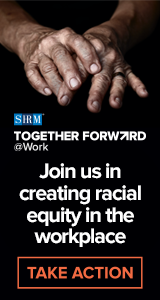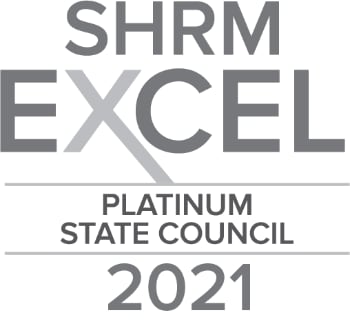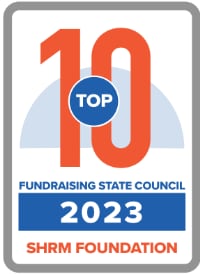2020 marks a new year — and a new decade — in the workplace. With a new year comes new trends in the field of HR and a chance to refresh the way your business finds and hires new team members. Check out the six most important trends in hiring to watch in 2020.
1. The Gig Economy
Did you know that more than 80% of millennial and Gen Z workers are interested in working as freelancers part time or full time? This is because of the opportunities they see in today’s gig economy, a flexible new era of work where workers are paid by project instead of a fixed salary or hourly wage.
Gig economy companies like UpWork, Uber, AirBnB, Etsy, and others are making it easy for workers to find quick, temporary jobs that leverage their unique skills. Keep an eye out for opportunities for contract workers or project-by-project engagements with potential talent looking for flexible short-term work.
2. Remote Work
Because everything’s connected online, cloud-connected workspace technology has led to a rise in remote work, granting new freedoms to workers of various skill sets. To the next generation of workers, “work” is no longer a place — it’s a thing.
Be prepared for candidates to inquire about remote positions or request designated “work from home” days in their employment contracts. For more traditional organizations, this can be nerve wracking. But keep an open mind and imagine the possibilities of a geographically-flexible workforce.
3. Advanced Technological Evaluation and Training
Artificial intelligence (AI) is opening new doors in the world of recruiting, evaluating and hiring new workers. By allowing companies to evaluate and test candidates and analyze testing data, AI eliminates many burdensome tasks and elevates human decision-making in the hiring process.
And with advanced technological training powered by AI, companies can close the learning loop in the on-boarding process, tying employee learning outcomes to concrete business objectives. We have more learning tools available than ever before, so focus on potential when seeking out new candidates that may lack specific job training.
4. Work-Life Integration
The idea of “work-life balance” started around forty years ago. It generally refers to the need for distinct separation between one’s life at work and one’s personal life, with more time for leisure, family and self-care.
Today’s young workers, especially in the up and coming Gen Z, are generally more interested in work-life integration, a synergistic approach that ties everything together with less separation and more flexibility. It allows professionals to shape their own work days around their personal needs, balancing work projects with time to focus on their families and personal lives as needed. This can mean flexible scheduling, work-from-home opportunities, and new expectations in culture from younger candidates.
5. Leaders with Soft Skills
Success in any workplace requires a mix of hard skills (e.g., writing, coding, math, design, etc.) and soft skills (communication, emotional intelligence, positive attitude). In many workplaces, hard skills have historically been prized over soft skills — but in the future, the scales may tip in the other direction.
Recent research has shown that many managers lack soft skills, and are described as inadequate, prejudiced, unfair, detached or disorganized by workers. The workers of the future deserve competent, well-trained, and kind leaders with as many soft skills as hard skills, if not more. When hiring mid-level or senior leaders, be sure to evaluate workplace skills like communication and teamwork in addition to technical capabilities.
6. Culture Comes First
In a workplace, culture is everything. It’s the shared values, beliefs and attitudes that bring workers and teams together. 94% percent of executives and 88% of employees believe a distinct corporate culture is important to business success.
It’s clear that workplaces with positive cultures are places where teamwork and collaboration thrives, workers are more productive, and people love (and stay in) their jobs. And with today’s online information hubs like Glassdoor, candidates can sniff out toxic culture like never before. If you’re trying to grow your company, a positive culture is now a baseline requirement for the next generation seeking a positive work environment.
Take these new trends in hiring back to your own organization, and brainstorm ways to update or refresh your own priorities and procedures. With just a few changes, you can keep your company on the cutting edge and continue to recruit exciting new talent.






